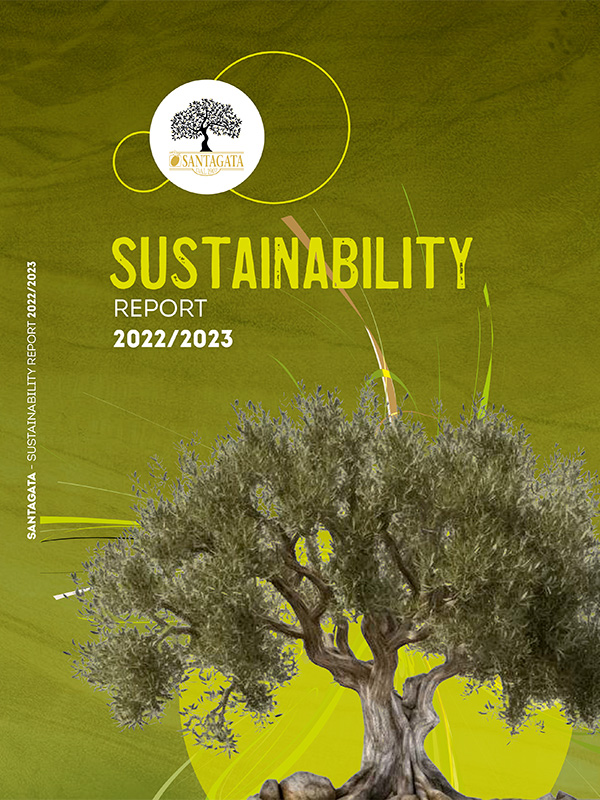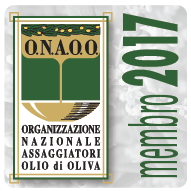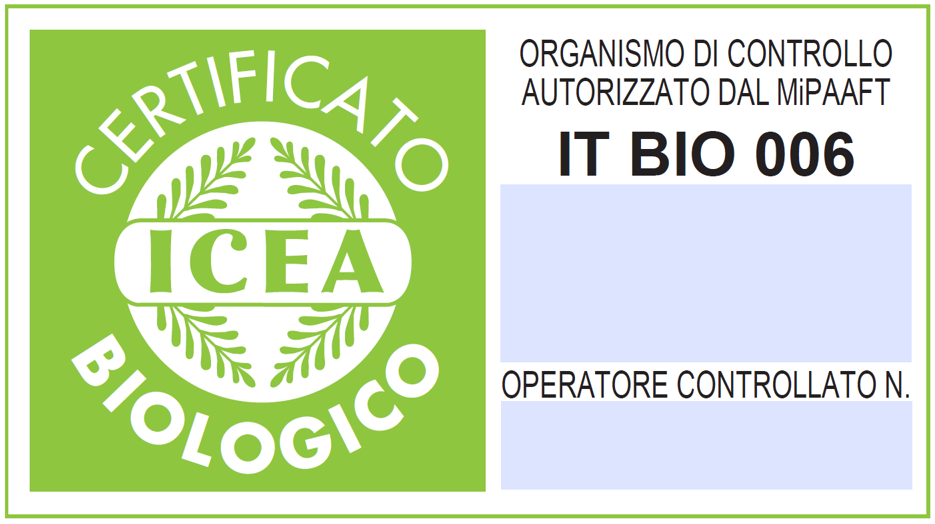Olive oil extraction and environment
The oil extraction process contributes most to the release of chemical compounds into the water. The emission of olive mill effluents into the evaporation ponds is the step which has the most impact, in terms of environmental footprint. However, a recent study has shown that it is possible to adopt a sustainable method of fertilisation, using urban waste water recycling, prune less aggressively and recycle the residues, and conserve herbaceous cover. Doing so, in a two-hectare olive grove with a density of 156 plants per hectare over 50 years of age higher levels of production can be achieved, in terms of quantity, quality and gross profit, always more than 5,900 € /ha/y compared to variations between negative values to a maximum of 5,240 €/ha/y for conventional management. There is no doubt that the sustainable method requires more work than the conventional method (approximately double) and greater professionalism14, but there is a highly positive atmospheric carbon-to-biomass flows in the first instance, and negative flows in the second.
This text is taken from “The olive and the oil: a history of cultivation and nature” written by Tommaso Sitzia, chapter 4 of the book “An Olive Oil Family” written by Cristina e Federico Santagata, pubblished by Olio Officina Edizioni.








